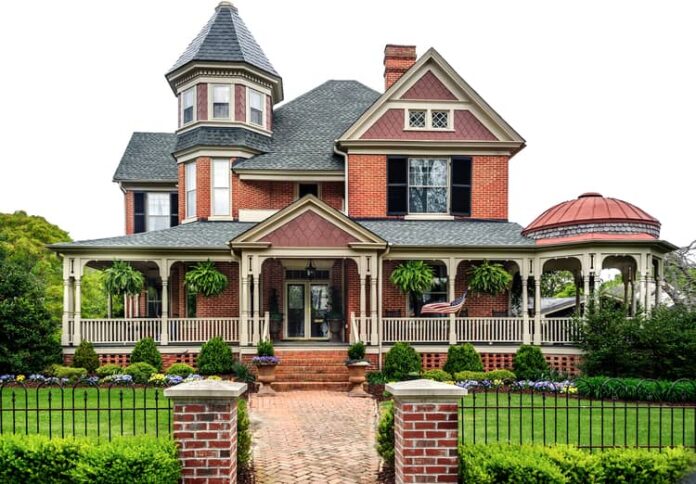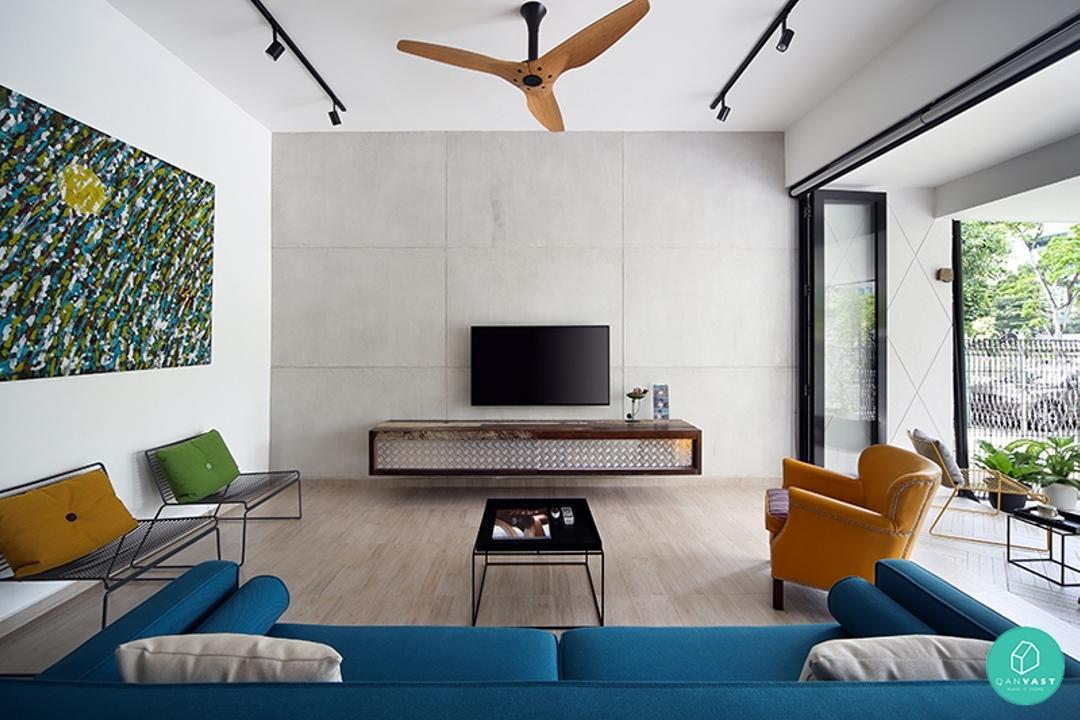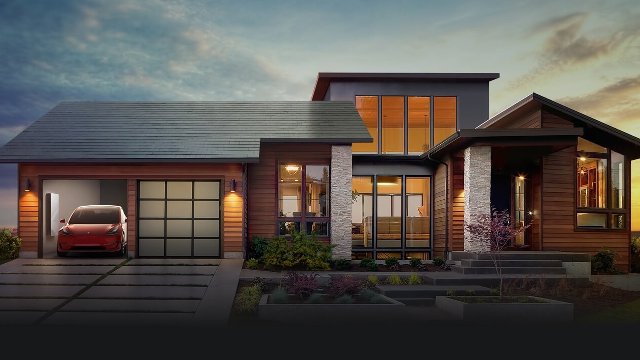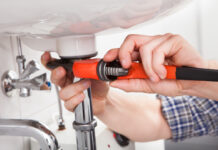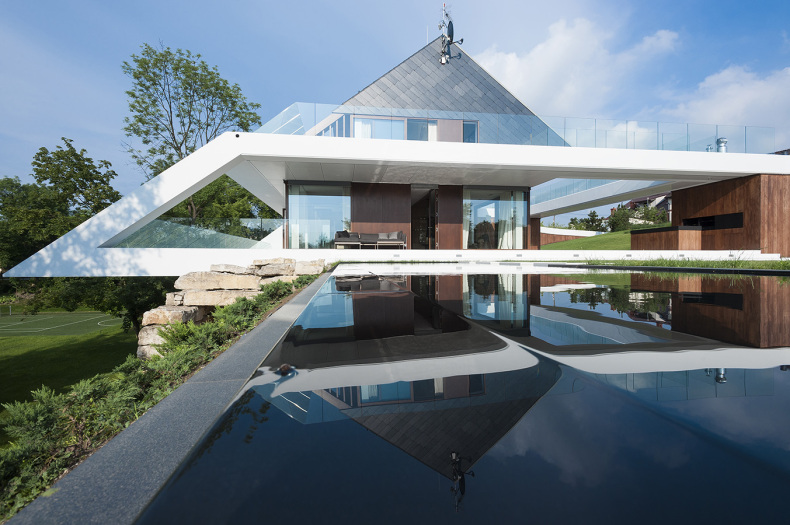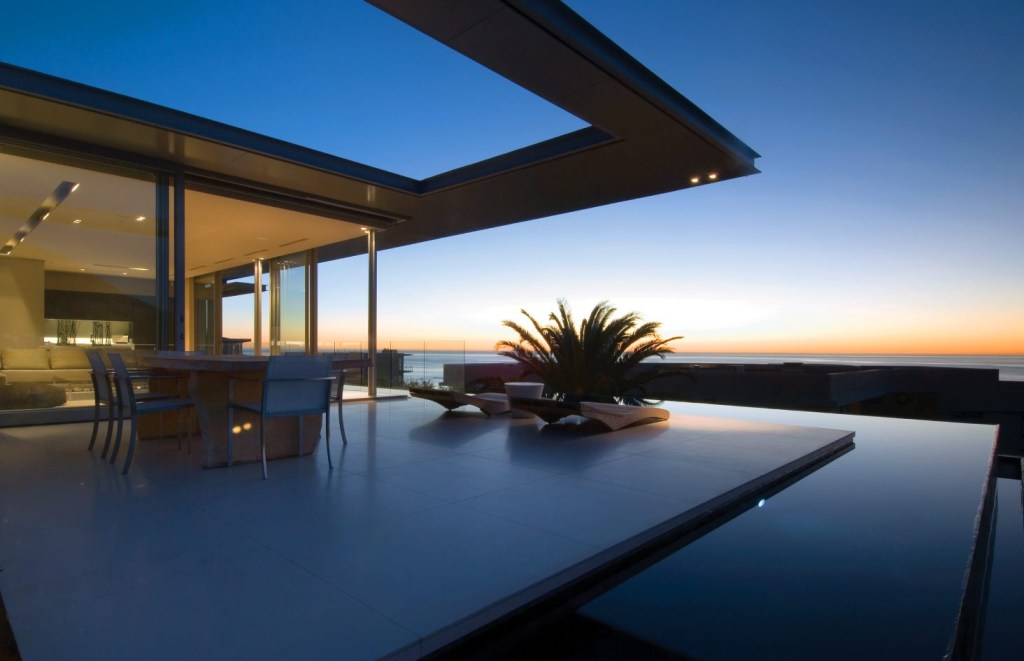For many people, summer is the time for barbecues, dips in the pool, and many other activities. But scorching temperatures during this time isn’t quite so fun and switching on the air-con at home can be your best option. Unfortunately, this can cause a significant impact on your electricity bills.
High energy use while cooling your home also contributes to greenhouse gas emissions and global warming. The good news is that you can use other methods to cool your home efficiently without worrying about greenhouse gas emissions. This article explains how to efficiently cool your home.
Use ceiling and standing fans
Our favorite ceiling fan is the kichler ceiling fan. We absolutely love it. You may think that ceiling fans operate by pushing the hot air around rather than cooling it down. Well, there is some truth in this, but this depends on how you set your fans.
You see, fans that are not set to rotate counter-clockwise during the summer can do exactly that. Therefore, you need to set your ceiling fans to work counter-clockwise so that they can push air down to create a cooling effect. This means in winter you should set them clockwise to pull up the cool air.
Likewise, you should set the fan speed pretty high in summer while in cooler weather, it should be on low. Remember that ceiling fans also come in handy when you want to complement other cooling types in your home, so setting them up in the right direction can make a huge difference.
Repair leaking air ducts and window leaks
Several studies indicate that a good amount of air that circulates through your home’s duct system may be lost because of holes, leaks, and poor connections in the ducts. As a result, you may experience high home temperatures and high utility bills.
Hence, you need to hire reliable contractors, such as GreenSavers to seal the ducts properly for you and make sure that the attic’s insulation is also done well. Also, when you check and repair leaks, your air conditioner will perform effectively.
That said, window leaks can allow air inside your home to escape. Keep in mind that window leaks can happen when window seals pull away or are broken because of long-term weather exposure or aging. In such cases, you can do caulking which can be a DIY job.
Use reflective barriers
If there is direct sunlight, it can affect the comfort of your home. So you should consider having drawn curtains and blinds to keep the interior of your home cool and comfortable. A key factor to think about in passive cooling is to install a radiant barrier. This is a foiled-faced paper that you can staple to the roof rafters which is on the bottom of your roof.
Also, you can add insulated window films if your home doesn’t have energy-efficient windows. This is another option to ensure that you can regulate the surface temperature of your interior glass and also prevent heat loss. With insulated windows, energy efficiency improves because there is even temperature inside your home.

